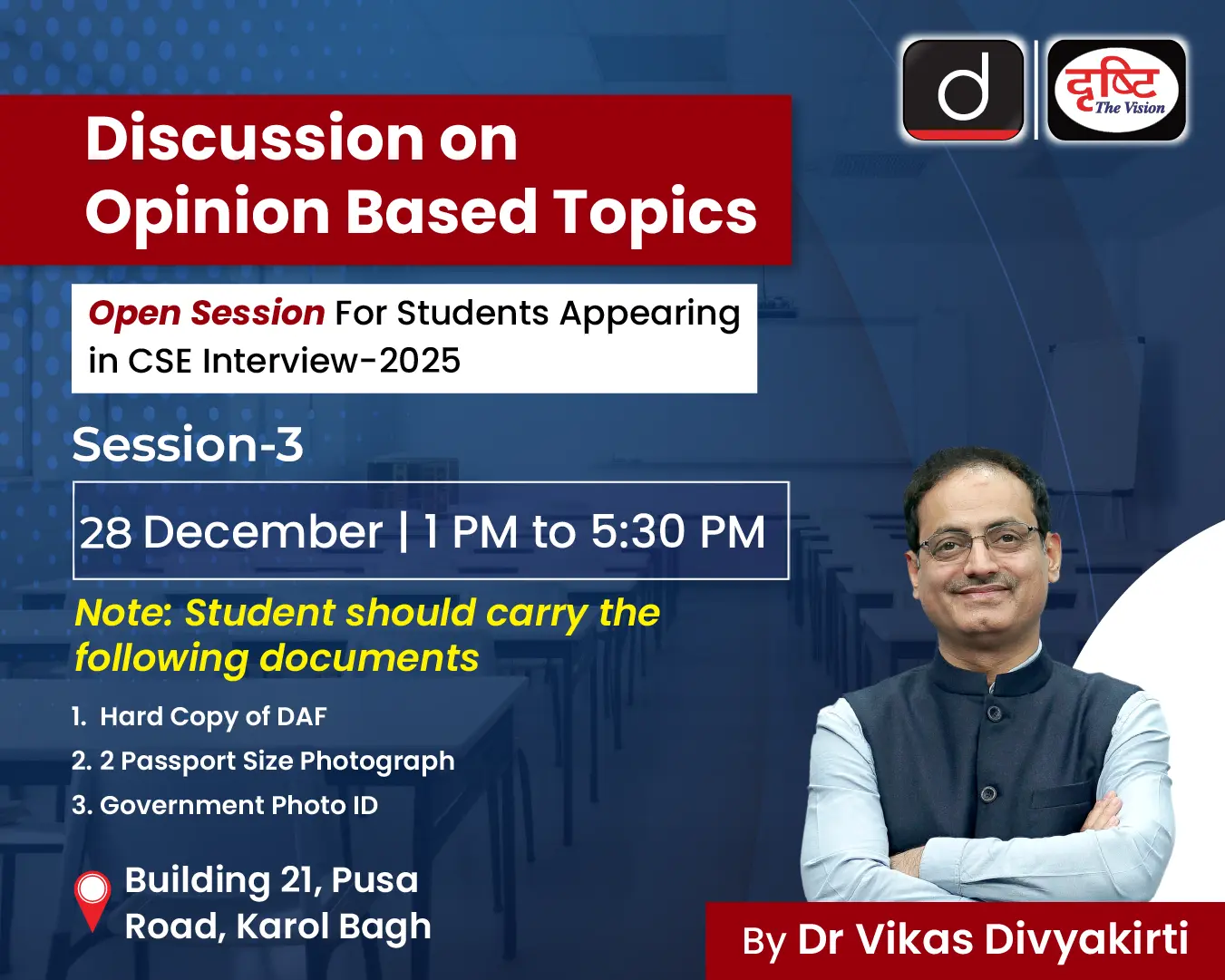- Filter By :
- Geography
- History
- Indian Heritage & Culture
- Indian Society
-
Q. What were the prominent changes made in the administration of India after the Revolt of 1857, especially in the fields of the provincial administration, local bodies and public services? (150 words)
23 Dec, 2019 GS Paper 1 HistoryApproach
- First provide a brief background which necessitated the changes post 1857 revolt.
- Then discuss the changes made in the administration of India with special emphasis on provincial administration; local bodies and public services.
Introduction
- The considerable support which the revolt of 1857 obtained and the threat it posed to the very existence of British rule in India, forced the British to examine the entire nature of their connection with India.
Body
The consequences of the Revolt of 1857 may be studied under various heads such as:
- Administrative changes
- By the Government of India Act 1858, the power to govern India was transferred from the East India Company to the British Crown.
- The authority over India, which was wielded by the directors of the Company and the Board of Control, was now to be exercised by the Secretary of State for India aided by a Council.
- The Act of 1858 provided that the Governor-General would have an Executive Council whose members were to act as heads of different departments and as his official advisers.
- Provincial Administration
- The Act of 1861 marked the turning of the tide of centralization. It laid down that legislative councils similar to that of the centre should be established first in Bombay, Madras, and Bengal and then in other provinces.
- In 1870, under Lord Mayo, provincial governments were granted fixed sums out of central revenues for the administration of certain services like police, jails, education, medical services and roads and were asked to administer them as they wished.
- In 1877, Lord Lytton transferred to the provinces certain other heads of expenditure like Land Revenue, Excise, General Administration, and Law and Justice.
- In 1882, all sources of revenue were divided into three heads- general, provincial, and those to be divided between the centre and the provinces.
- Local Bodies
- The Government further decentralized administration by promoting local government through municipalities and district boards.
- Local services like education, health, sanitation and water supply were transferred to local bodies that would finance them through local taxes.
- Ripon resolution of 1882 laid down the policy of administering local affairs largely through local bodies, a majority of whose members were to be non-officials.
- However, the local bodies functioned just like departments of the government as the Government retained the right to exercise strict control over the activities of the local bodies.
- Public Services
- Maximum age of entry into the civil service was gradually reduced from 23 in 1859 to 19 in 1878.
- Under Indian pressure, different administrative services were gradually Indianised after 1918; but the position of control and authority were still kept in British hands.
- Moreover, people soon discovered that Indianisation of these services had not put any part of political power in their hands. The Indians in these services functioned as agents of British rule and loyally served Britain’s imperial purposes.
Conclusion
A new phase of history began after 1857, the government policies were put in place to ensure that another rebellion does not break out, on the other hand and the government also strengthened the administrative institutions in the country.
To get PDF version, Please click on "Print PDF" button.
Print PDF





